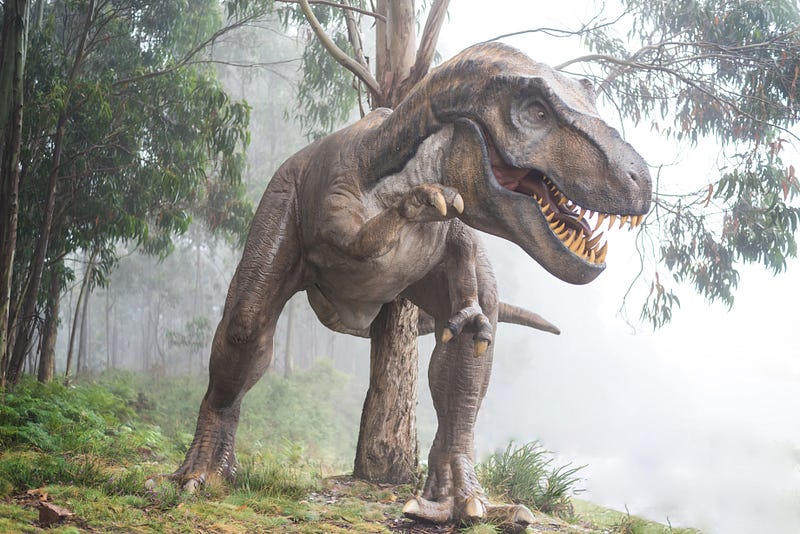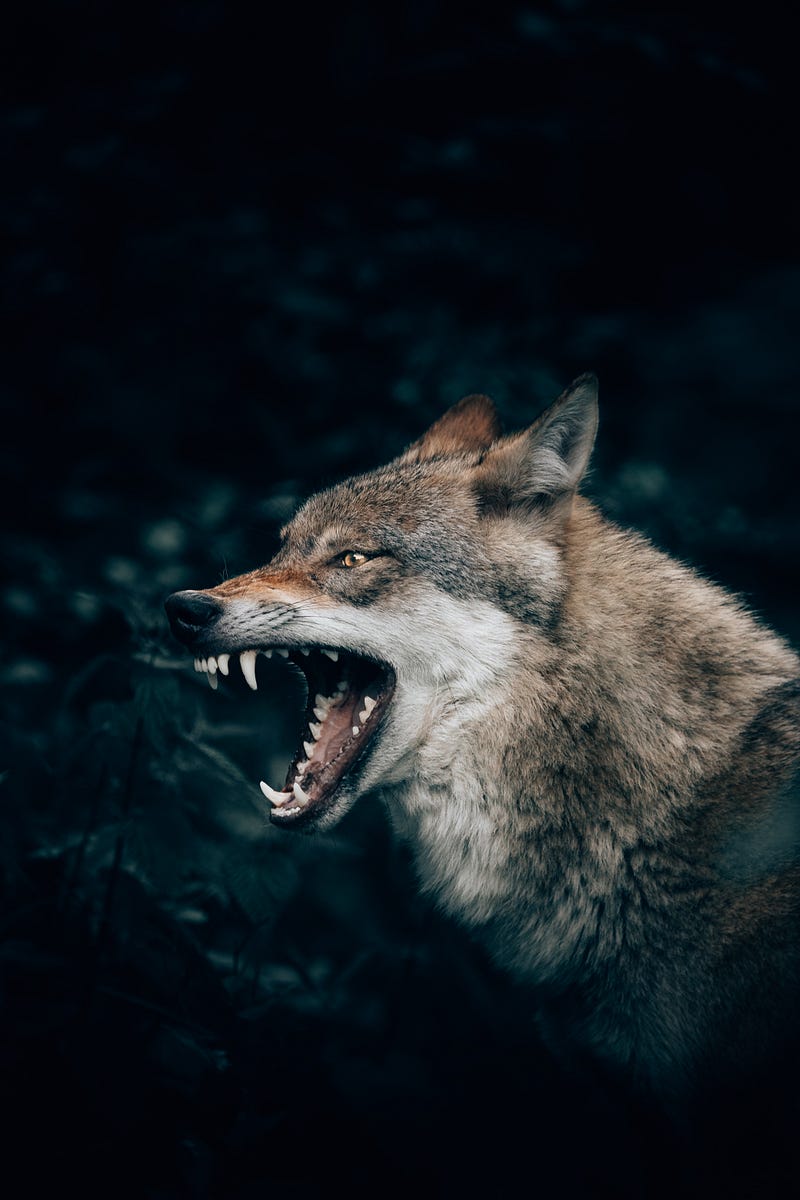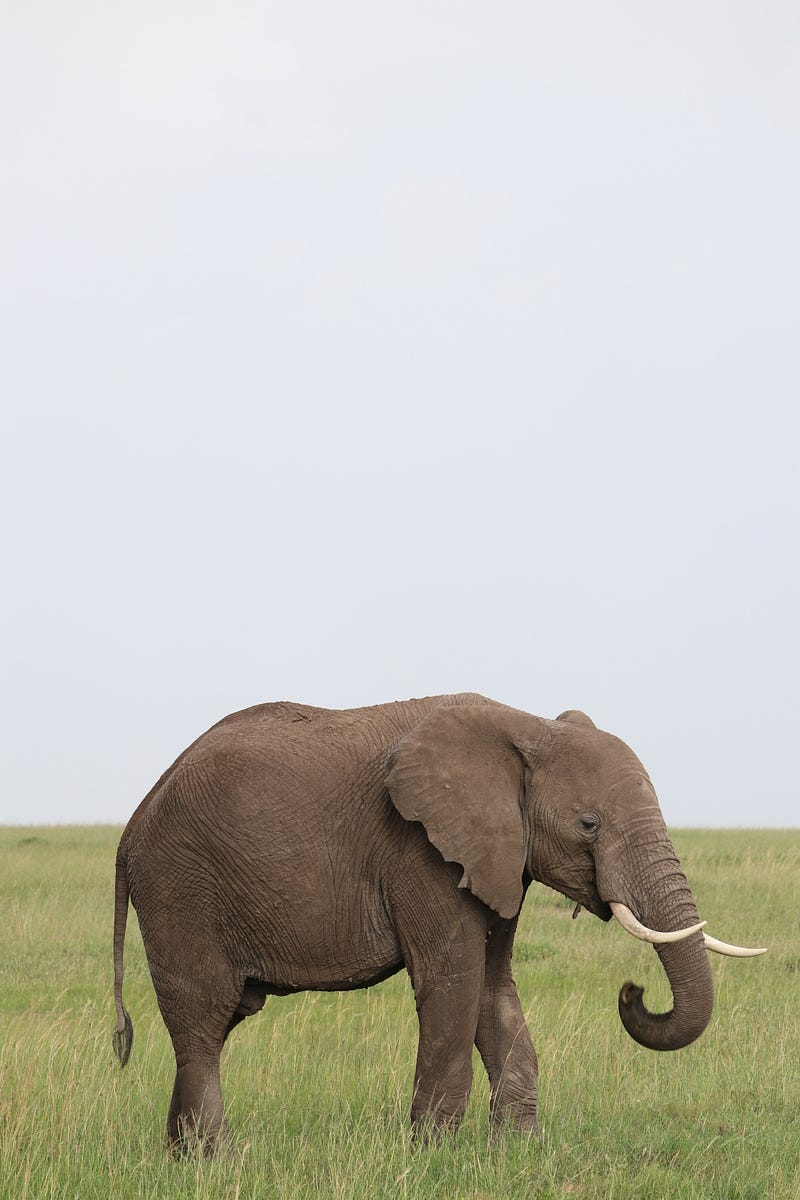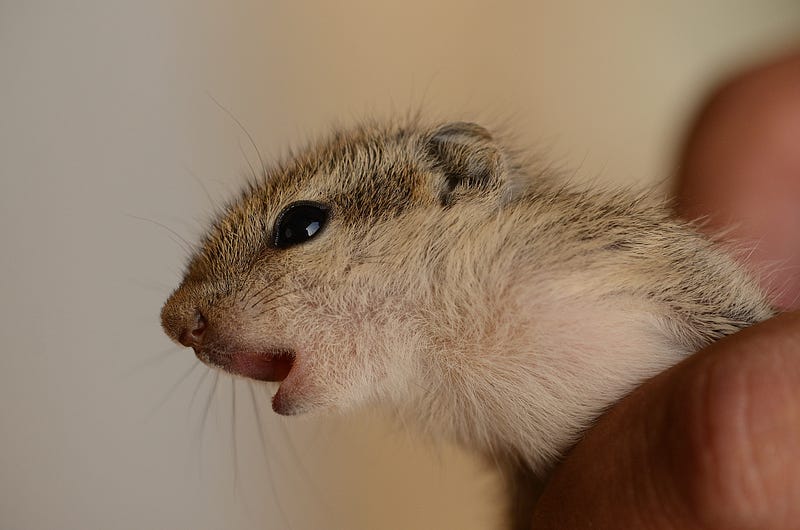Human Fear of Animals: Understanding the Roots of Our Anxiety
Written on
Chapter 1: The Nature of Human Fear
Every individual engaging with this article is a member of the human species. While this is a well-known fact, have you ever considered the essence of our humanity? What precisely defines us as humans? In essence, humans are apex predators evolved from primates, characterized by unique thumb structures, larger brain sizes, and advanced cognitive abilities (Turtle 2020). Although we have established ourselves as formidable hunters, there are still certain animals that evoke fear in us for various reasons.
A compelling piece by Em Hoccane titled “What Animal Do You Dislike and Why Don’t You Like Them” effectively articulates the reasons behind our aversions to specific animals. While his focus is more on general dislike, this article will delve into the specific traits of animals that evoke fear in humans. I will not mention particular species but rather concentrate on various attributes that trigger our anxiety as apex predators.
For this discussion, I will omit beings perceived as threats to our dominance, such as extraterrestrial life or the potential evolution of artificial intelligence. Instead, this article will concentrate solely on animals that currently share our ecosystem. Let’s explore the features in animals that can induce a sense of dread in us.

Sharp Teeth
One of the most obvious features that can provoke fear is sharp teeth. The classic tale of Little Red Riding Hood illustrates this perfectly—imagine encountering a creature with such menacing teeth. The thought of being bitten, or worse, consumed by an animal with such teeth can be terrifying. Sharp teeth are a universal indicator of danger, as they suggest an animal’s capacity to inflict serious harm. Val Plumwood (1996) emphasizes in her essay “Eating Prey” that “animals can be our food, but we can never be their food” (pg. 61). The idea of being prey to another creature is unsettling, particularly when imagining being attacked by something with sharper teeth.
I recall a time when I was substituting in a kindergarten art class. After the students completed their drawings, one child shared his illustration of a dinosaur. When I asked him what was in the dinosaur's mouth, he excitedly replied, “a person.” This child’s imagination reflects a deep-seated instinct—dinosaurs, with their enormous size and sharp teeth, evoke a primal fear in us.

Sharp Claws
Another alarming trait found in some animals is sharp claws. While these do not pose a direct threat like sharp teeth, they still evoke fear due to their potential to pierce human skin. The pain associated with a claw's scratch can be distressing, and the sight of something sharp often triggers anxiety. Although cats possess sharp claws, their domestication and the ability to manage their claws mitigate our fear. In contrast, wild animals with sharp claws represent an uncontrollable threat.

Large Animals
The presence of larger animals can also incite fear. Our instinctive anxiety towards larger beings—be they humans or animals—stems from their physical capacity to overpower us. Larger humans can inflict harm through sheer strength, and similarly, massive animals can use their weight to intimidate. Take, for instance, the Tyrannosaurus Rex, which reached heights of 13 feet and weighed around 9 tons. Just the thought of such a colossal creature pursuing you is terrifying.
Even herbivores like elephants can evoke fear due to their size. While elephants generally pose no threat to humans unless provoked, their sheer mass can be intimidating. If an elephant charges, the potential for being crushed is a reality that we instinctively fear.

Threat of Disease
One of the most pressing concerns regarding certain animals is the risk of disease transmission. While not all zoonotic diseases are life-threatening, humans inherently dislike the feeling of being unwell. The discomfort of illness can severely impact our daily lives, leading us to be cautious around animals like rodents, which may carry harmful pathogens. This wariness is particularly relevant in the context of recent global health crises stemming from animal-borne diseases.

In conclusion, these traits contribute to the apprehension humans feel towards various animals. What are your thoughts? Have I overlooked any significant fears? Please share your insights.
References
Plumwood, V. (1996). Being Prey. 56–61.
The first video discusses how human voices can be more frightening than a lion's growl for animals in the savannah, providing insights into how sound affects wildlife.
The second video explores a common, peculiar fear shared among humans, shedding light on the psychological aspects of fear itself.